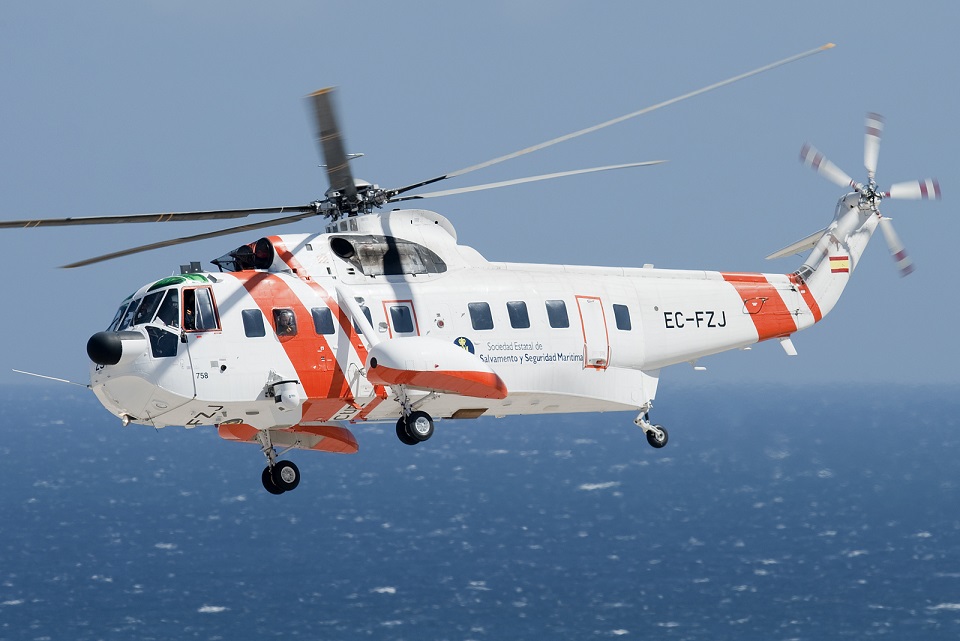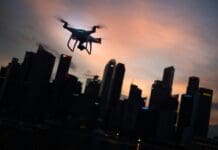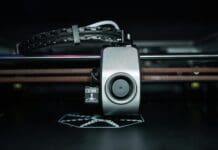This post is also available in:
 עברית (Hebrew)
עברית (Hebrew)
The ability to fight fires from the air at night would give aircraft more hours in the day to respond to fires and therefore improve firefighting capability. Night vision technology can help. Specifically, it is hoped fighting fires when the weather is cooler after dark or before sunrise would allow the emergency services to get on top of fires quicker, particularly at remote locations where access by road may be difficult.
In an Australian first, the state government body Emergency Management Victoria (EMV) has been leading a study of nighttime firefighting, with some reconnaissance flights and aerial mapping. The aim of the trial is to test the ability to hover-fill helicopters at night and test the efficiency of night vision technology, including infrared systems and night vision goggles. The results of the trial would be used to guide the future use of night-time aerial firebombing operations in Victoria as well as other states and territories.
Following those reconnaissance flights and aerial mapping exercises, a Sikorsky S-61 successfully hover-filled from a dam, and then in a subsequent exercise both hover-filled and then dumped water on some strategically lit fires.
The S-61 heavy helicopters are a good resource for combating wildfires, as they are capable of transporting large amounts of water quickly from local water sources to be used on spot fires or continuously attacking a hotspot to assist ground crews in areas too hot to handle, according to globalsecurity.org.
The EMV described these exercises as a “significant milestone”, given it represented the first time in Australia that a fire bombing helicopter had hover-filled at night and then dropped water onto a fire, according to australianaviation.com.au.
“Activities have been tracked using aircraft position logging data, as well as infra-red photography captured from the S-76 supervisory aircraft. Targets have been successfully identified and water dropped onto them.”
The next step was “to establish operational procedures which connect the ground crews to work with aircraft at night”.


























